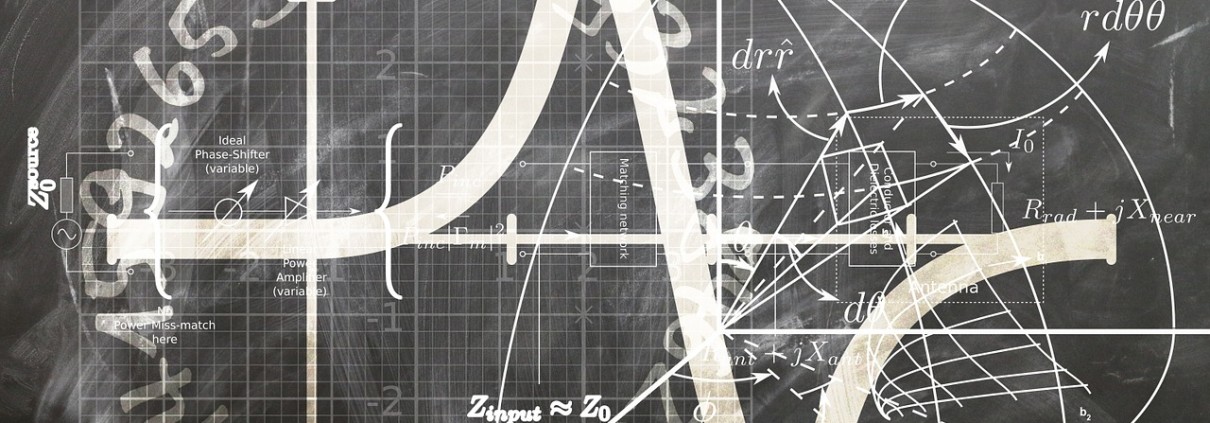How Ultrasound Technology is Used to Help Veterans with Prosthetics
Our veterans gave their time, energy and put their lives in harm’s way to defend their country and their families. While serving their country, many military men and women lost an arm or a leg because of various forms of combat with the enemy, such as grenades exploding, or roadside bombs going off.
Medicine and technology have come a long way to help American veterans more freely when they use their prosthetic device. What is the technology that is responsible for such wonderous advances? Ultrasound technology of course!
The unique technology that is in ultrasounds sends messages to the muscles via electrodes. They carry the electrical current to the muscles while you try to move with your prosthesis. According to the Army Times website (https://www.armytimes.com/news/2017/11/30/ultrasound-could-improve-use-of-prosthetics/),
“Because you’re sensing signals at the skin’s surface, you can’t differentiate readily from the muscles that are deep inside the tissue, or muscles that are overlaying… By using ultrasound waves, they can see deeper inside the tissue and can tell the difference between different muscle compartments… This allows us to get much better information about what the amputee is attempting to do.”
This incredible new technology gives individuals better control and makes their movements flow in a natural motion.
Ultrasounds show detailed images of organs and muscles far below the skin’s surface. This kind of technology can also record muscle movements that are deep within the muscle fibers.
So, how does the ultrasound help our veterans move their prosthetics with fluid movements? Well, the individual wears an ultrasound transducer underneath the prosthesis. The sensor then sends signals to the muscles, and the messages are transmitted back to the device. The computer algorithms, which process a set of rules to be followed for problem-solving operations, then process the signals and identify what the muscles are trying to do and how they want to function. The algorithms can determine which individual muscle the veteran is trying to manipulate and moves accordingly.
More tests and research is being carried out with amputees. According to the website TechExplore (https://techxplore.com/news/2017-11-ultrasound-technology-amputees.html), George Mason University’s Professor Sikdar,
“Their laboratory research suggests that the ultrasound method allows for much dexterity in controlling upper body prosthetics, including fine-tuned motor control of the fingers and thumb. In the lab, they have shown that computer algorithms can use this ultrasound method to learn to accurately differentiate between 15 distinct hand and wrist movements. Users can perform partial movements with high degree of control.”
There is a bright future for veterans who have needed to depend on the use of prosthetics to have a better quality of life. Researchers hope that this new technology will help them improve the function of lower-body prosthetics to provide our veterns, and civilians as well, with more flexibility, and the feel of a natural gait. But right now, upper-body prosthetics are being studied. Until then, great strides with making prosthetics more “user friendly” are underway!



